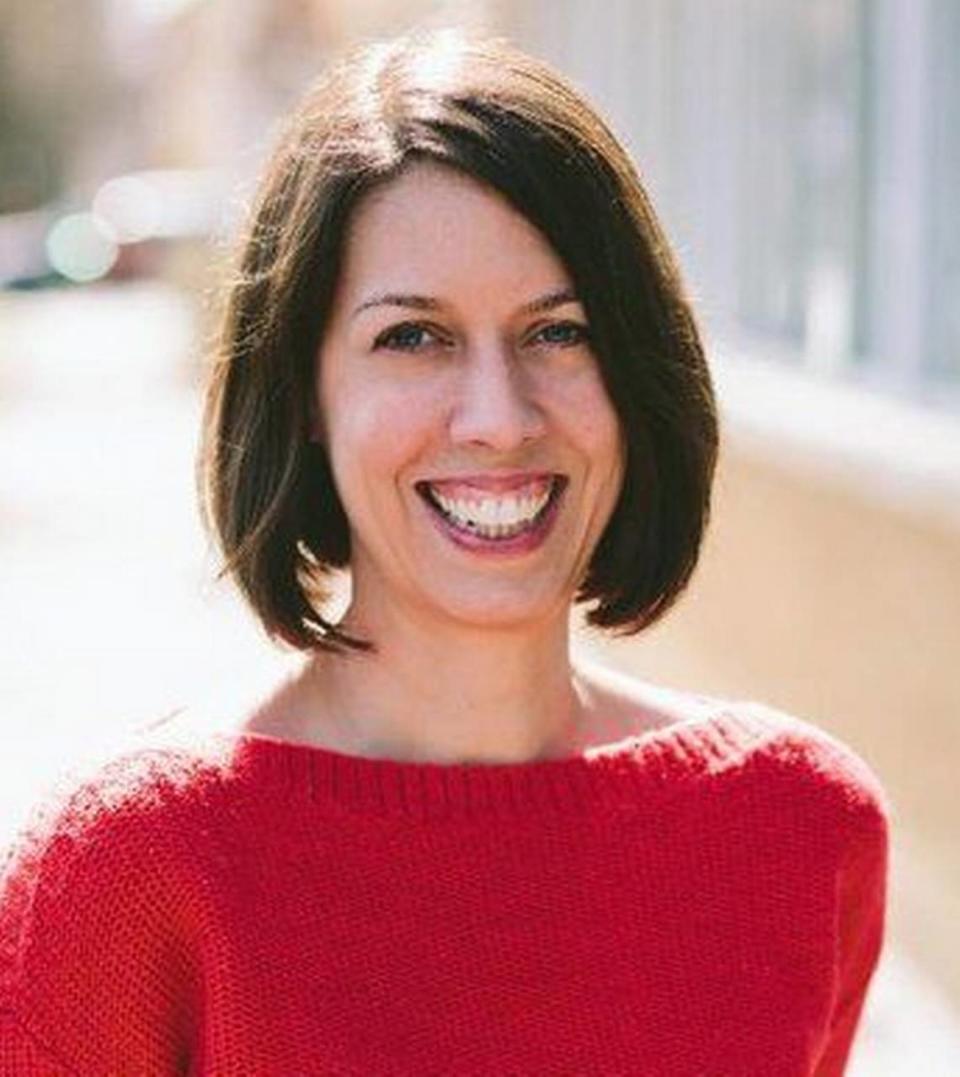The U.S. has declared monkeypox an emergency. It’s about time | Opinion
As monkeypox cases in the United States climbed to more than 7,100, Health and Human Services Secretary Xavier Becerra declared the outbreak a public health emergency. It’s long past time.
The formality came almost two weeks after the World Health Organization had officially deemed it an emergency — and days after individual states, including California, Illinois, and New York, had made their own call on the virus.
In theory, the United States has had all the right tools — tests, treatments and vaccines — to stem the spread of monkeypox. But access to all three, whether because of confusion around cumbersome administrative processes or insufficient supplies, has been frustratingly limited. Meanwhile, cases continue to multiply.
The public-health emergency will put needed resources toward the situation, including strategies to improve access to, and gauge the value of, treatments and vaccines that were originally developed for smallpox, not monkeypox.
There is a very real chance these steps, while welcome, won’t be enough to prevent the disease from becoming endemic. If that happens, they also don’t go far enough to give doctors the information they need about Jynneos, the smallpox vaccine manufactured by the Danish firm Bavarian Nordic A/S that’s become a cornerstone of the Biden administration’s response.
The most concrete plan outlined recently was a proposal from the Food and Drug Administration and National Institutes of Health to expand access to the vaccine — and for running a clinical trial to test that approach.
To extend the current supply, the FDA is considering a new way of administering Jynneos, which is intended to be given in two doses four weeks apart. The new approach would stretch the single dose in each vial to five by giving the shot not subcutaneously, or under the skin, but intra-dermally. That would involve, as FDA Commissioner Robert Califf described to reporters, “sticking the needle within the skin and creating a little pocket” for the vaccine. Healthcare workers already are familiar with this strategy, as it’s used for tuberculosis testing.
If successful, this could substantially increase the number of people in this country and around the world who have access to the vaccine. The CDC estimates there are 1.6 million to 1.7 million people in what they consider the highest risk categories for monkeypox, which in the current outbreak overwhelmingly has occurred in men who have sex with men. The highest risk groups include gay or bisexual men with HIV, or people who take medication to prevent HIV infection. The United States, meanwhile, recently made available another 786,000 doses of the two-shot vaccine.
Not coincidentally, John Beigel, National Institute of Allergy and Immunology’s director of clinical research, the day before the health emergency was declared had outlined early plans for a clinical trial to test this “dose sparing” approach. He noted a small trial could compare the immune response elicited by three vaccination strategies: giving that one-fifth dose intradermally, giving just one dose subcutaneously (a strategy some US cities are already taking in order to stretch supplies) and giving the full two doses subcutaneously. Beigel said that study could begin within the next four weeks.
This trial will be essential to understanding the potential for extending the world’s limited supply of Jynneos, but will do nothing to further our understanding of how well the vaccine works.
It has so far only been tested in animals with monkeypox, leaving doctors with little information on its efficacy. Currently, there remain many questions about the vaccine, beyond dosing: How long after an exposure to the virus can it minimize the severity of an infection? Is the vaccine effective for all modes of exposure (for example, kissing versus skin-to-skin contact)? Can it allow the world to reach herd immunity?“If the vaccine is going to be one of the major strategies for prevention, we better have good data to back up how it’s going to work,” Anne Rimoin, an epidemiologist at University of California, Los Angeles told me. Rimoin helped kick off the WHO meeting on vaccine efficacy last week by presenting these and other questions that doctors and patients would like answered.
“The bottom line is that we really don’t have real-world effectiveness data on how this vaccine is going to hold up in this context — potentially repeated exposures from a sexual route of transmission,” she said.
One thing is for certain: The government should feel an urgency to start collecting as much information as possible now.
Lisa Jarvis is a Bloomberg Opinion columnist covering biotech, health care and the pharmaceutical industry.
Bloomberg


 Yahoo Movies
Yahoo Movies 
